Description: The Siberian Husky is a medium sized dog, with the male dog measuring 21-23?inches in height and the female bitch being 20-22 inches, with a weight for the dog of 45-60 pounds and the bitch being between 35-50 pounds. They were originally bred as sled dogs. They are compact and strong, almost low-slung, which makes them ideal for the work they were bred to do. They have a proportionately sized head, which is approximately half skull and half muzzle, with an oval shape to the eyes of medium size being moderately spaced. They have a double coat of medium length, which is thick, and holds in the body temperature. These dogs can tolerate temperatures as low as -50 to -60?centigrade (but we probably won't want to be the person with them at these temperatures). Their triangular shaped ears stand erect, and are set high.
History: The Siberian Husky breed were used as guard dogs and to herd reindeer, although probably being best known for pulling sleds. They were used by the Chukchi tribe off the eastern side of the peninsula in Siberia. It was traders who originally took these dogs to Alaska, where they used to race them. Sleds used to be raced at great speed, as the dogs are so strong with an exceptional amount of stamina. The event was very popular and became official when, in 1908; the all Alaskan sweepstakes came about, which is a 408 mile race. These dogs also have a more significant history. In 1925 Alaska suffered an epidemic of diphtheria in the town of Nome. As most of Alaska is fairly isolated, with Nome being no different, the dogs were used to bring in much-needed medicines for the residents. In World War II, due to their great endurance of weather, they were used by the military in search and rescue efforts in the Arctic. In 1930 the breed were first recognized by the AKC.
Temperament: The Siberian Husky is a docile dog who is, commonly, relaxed and social. They are playful, loving and quite docile, along with their loving nature; they make an excellent house pet. They are particularly good with children and friendly to visitors, this makes them unsuitable for being a watchdog. As they appear to like everybody, they would probably greet any burglars with a toy and a wagging tail. As they bark little you are probably not even going to know someone was there. It is vital to assert authority over this breed. They are used to either leading or being led; if you do not lead them, they will probably decide that they are pack leader. As they have a high level of stamina these dogs require a lot of exercise, both mental and physical. They can become bored easily, and as a result may howl and become destructive. So if you are going to leave the dog for any period of time, they must be well exercised first. Their playfulness and love of fun makes them agreat play companion for children and, with any luck, they will wear each other out.
Health issues: As a breed the Siberian Husky are prone to problems with their Urethra, eyes are another place that they can get problems and their skin. Along with hip dysplasia, which is common in many breeds. Apart from these they are healthy as a breed, living between 12 and 15 years. Grooming: These dogs shed twice a year, during this period they will require combing and brushing daily. Otherwise they are reasonably easy to groom only requiring occasional brushing or combing, as you see fit, to keep their coats in good condition.
Living conditions: Siberian Huskies will always do best in a large fenced yard. However, with adequate exercise they can live in an apartment, but they are quite active in doors so it would need to be a large apartment. They prefer cooler climates but can adapt quite well, as long as given adequate ventilation, if it is particularly warm a fan could be considered. For indoor living, they would need to be very well-trained, and particular attention needs to be paid to stopping them from getting bored.

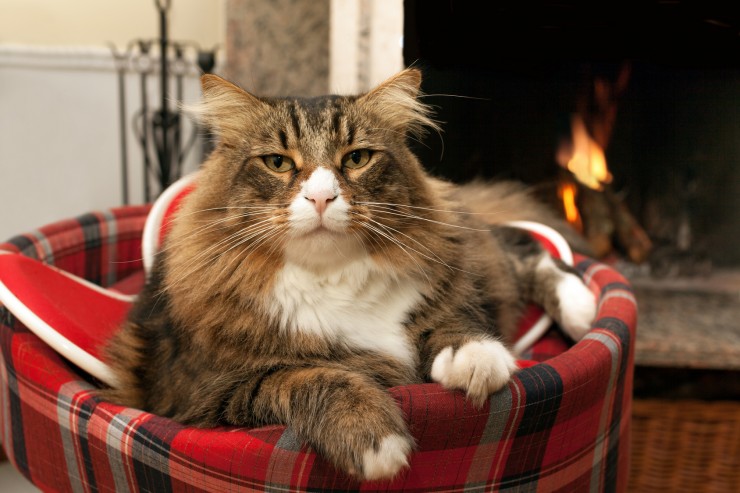 How To Create A Greener Home For Your Pet
How To Create A G
How To Create A Greener Home For Your Pet
How To Create A G
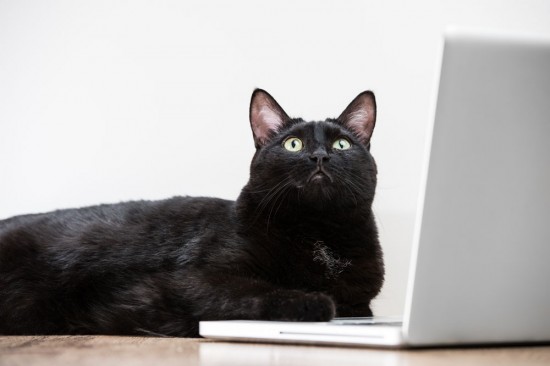 Buying Pet Medications Online - Is It A Good Idea?
Buying Pet Medica
Buying Pet Medications Online - Is It A Good Idea?
Buying Pet Medica
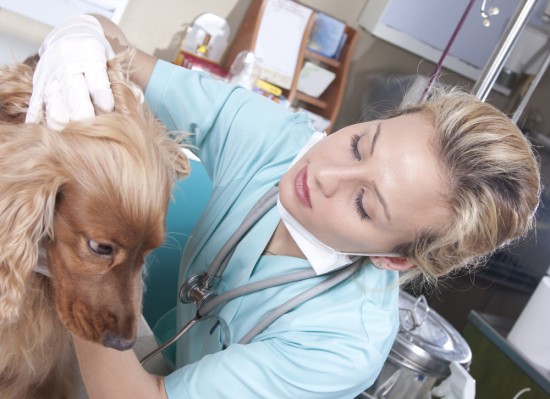 The Five Most Significant Changes To Veterinary Care Over The Last Eighty Years
The Five Most Sig
The Five Most Significant Changes To Veterinary Care Over The Last Eighty Years
The Five Most Sig
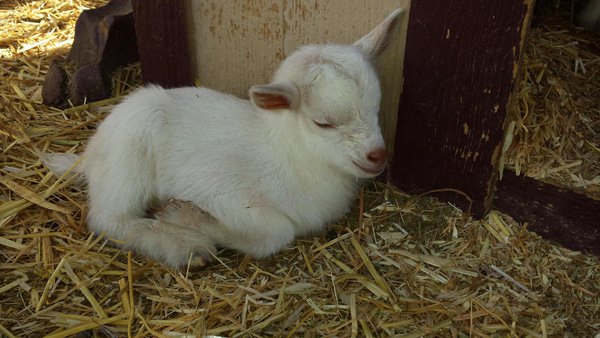 Are You Prepared In Case of a Vet Emergency? How to Shop for the Right Dog Health Insurance
Are You Prepared In Case of a Vet Emergency? How to Shop f
Are You Prepared In Case of a Vet Emergency? How to Shop for the Right Dog Health Insurance
Are You Prepared In Case of a Vet Emergency? How to Shop f
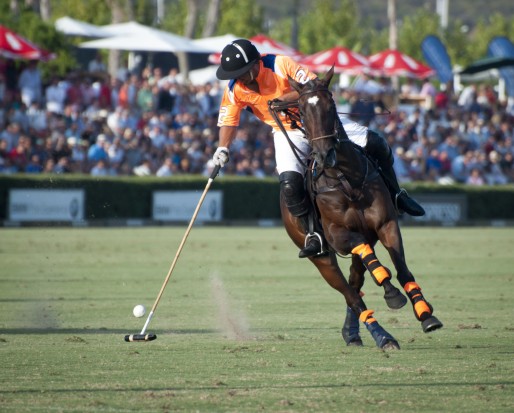 Introduction To Polo
Introduction To P
Introduction To Polo
Introduction To P